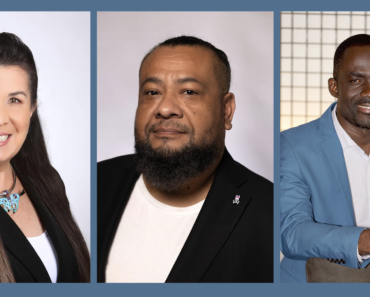[ad_1]
Valerie Red-Horse Mohl, the founder of the first Native American-owned investment bank on Wall Street, keeps tabs on what she believes is “the largest list of Indigenous fund managers in the country.”
These fund managers are individuals who outperform the market, said Red-Horse Mohl, now the co-founder and president of New York-based financial services firm Known Holdings.
“But they really lack for marketing, because no one knows about them,” she said.
The lack of visibility for successful Native American and Indigenous fund managers who in turn often help scale Indigenous ventures, to Red-Horse Mohl, is symptomatic of a broader problem in the industry: The long-impoverished communities they come from are becoming wealthier and savvier with money but remain overlooked by Wall Street. The resulting lack of engagement and support can hamper tribes from creating generational wealth and restoring the abundance that was historically taken from them by the American government.
READ MORE: Tulsa massacre of Black Wealth Street and wealth trauma
But for financial advisors who want to grow their business, as younger wealthy Americans become increasingly diverse, Native Americans and Indigenous people may soon land on their radars if they aren’t there today.
Entrepreneurs like billionaire Chickasaw tribal member and businessman Tom Love, who passed away this spring, have shown that some Indigenous Americans in recent generations have begun ascending to the ranks of the ultrahigh net worth. According to tribal publication PowWows.com, the wealthiest Native American tribes today include the Shakopee Mdewakanton Sioux Community in Minnesota, whose casino and resort businesses help each member earn as much as $1.08 million a year, and the Navajo Nation, whose net worth is reportedly around $2.5 billion.
Indigenous-identifying Hollywood actors are increasingly sought-after for roles in television shows and movies like this fall’s Scorsese epic “Killers of the Flower Moon,” which now attempt to portray Native Americans more accurately for an audience that demands better representation, creating avenues for Native celebrities to enter the ranks of the high net worth. Red-Horse Mohl herself has been an actress and filmmaker, who now makes documentaries for PBS about Native lives.
“I think what we’re seeing now is really a renaissance,” Red-Horse Mohl said of Native American tribes. While many remain mired in poverty, today a significant number of Native Americans have gotten closer to economic “self-sufficiency,” she said. Through her involvement in economic development, Red-Horse Mohl has helped hundreds of tribes over the years. Casino management has helped tribes fund basic resources for their people, she said, but tribes are now getting into the more sustainable business of renewable energy.
The United States currently recognizes 574 Native American and Alaska Native tribes at the federal level. In addition, Indigenous people from around the world have immigrated to and settled in the U.S., bringing their own unique cultures and financial planning needs with them. While there is much diversity among the ranks of these peoples, in general they continue to suffer a large racial wealth gap compared with other Americans. According to the National Council on Aging, which cited the most recent available data it found from 2000, Native Americans not long ago only held around 8 cents in wealth for every dollar owned by a white American household, thanks to a long history of U.S.-imposed wealth deprivation.
Financial Planning spoke with experts who identify either as Indigenous or Native American, or both, for this story. Below are five tips they shared for advisors who want to begin working with these communities, to better understand their needs.
[ad_2]
Source link
